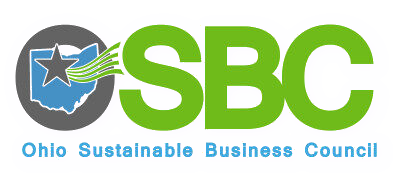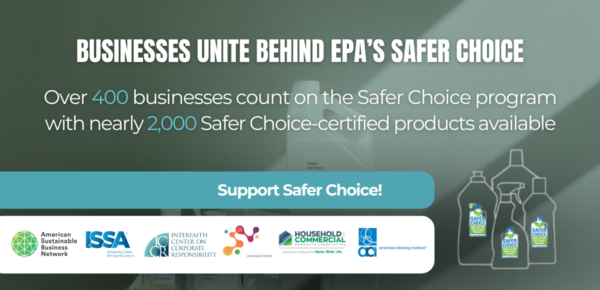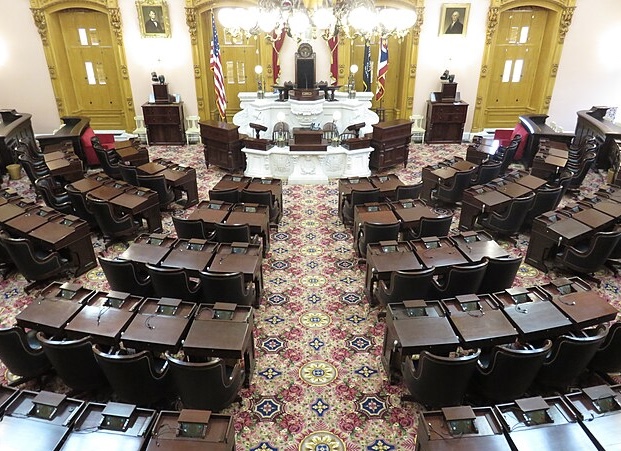
Today marks a significant shift in the legal landscape as the Supreme Court overruled the precedent set by Chevron v. Natural Resources Defense Council, a decision that has guided the relationship between federal agencies and Congress for 40 years. This change not only impacts regulatory practices but also parallels ongoing challenges faced by businesses committed to responsible investing.
Understanding Chevron Deference
The Chevron doctrine, established in 1984, mandated that courts defer to federal agencies’ interpretations of ambiguous laws passed by Congress. This deference allowed agencies, staffed with subject matter experts, to implement and enforce regulations effectively. The recent Supreme Court decision removes this deference, placing greater interpretive power in the hands of the judiciary.
Implications for Business and the Environment
The immediate consequence of this ruling is a potential destabilization of the regulatory framework that businesses have relied on for decades. Federal agencies, which oversee environmental protections, workplace safety, and public health, now face increased scrutiny and potential legal challenges against their regulatory actions. This shift can create uncertainty and hinder the implementation of necessary regulations aimed at addressing issues like climate change and public health crises.
For businesses in Ohio and across the nation, this ruling can complicate efforts to integrate ESG considerations into their operations. The ability of companies to consider environmental, social, and governance factors in decision-making is crucial for sustainable growth and societal well-being. However, with regulatory interpretations now subject to judicial review, the consistency and predictability of these guidelines are at risk.
A Parallel to Attacks on ESG
The overruling of Chevron is reminiscent of the broader attacks on ESG and responsible investing initiatives. Just as the decision undermines the authority of federal agencies to enforce critical regulations, the push against ESG frameworks seeks to limit the scope of factors that businesses can consider in their strategic planning. Both movements are driven by a desire to reduce regulatory oversight and shift decision-making power away from specialized agencies and businesses to less experienced or ideologically driven entities.
The Future of Regulatory Stability
This Supreme Court decision underscores the importance of a balanced approach to governance where expertise and informed decision-making are paramount. Without the deference provided by Chevron, we risk a scenario where regulatory actions are continually challenged, leading to a fragmented and less effective regulatory environment.
For Ohio businesses, the path forward involves advocating for clear, consistent, and science-based regulations. It is crucial to engage with legislators, decision-makers, and the media to emphasize the importance of regulatory frameworks that allow for the consideration of comprehensive ESG factors. By doing so, we can ensure that business leaders retain the freedom to make informed decisions that benefit both their companies and the wider community.
Conclusion
The overruling of Chevron deference represents a significant shift in how regulations will be interpreted and enforced. As we navigate this new landscape, it is essential to remain vigilant and proactive in supporting policies that empower businesses to consider all relevant factors, including ESG, in their operations. Together, we can work towards a regulatory environment that fosters innovation, protects the environment, and promotes social responsibility.
ShareDiscover more from Ohio Sustainable Business Council
Subscribe to get the latest posts sent to your email.



